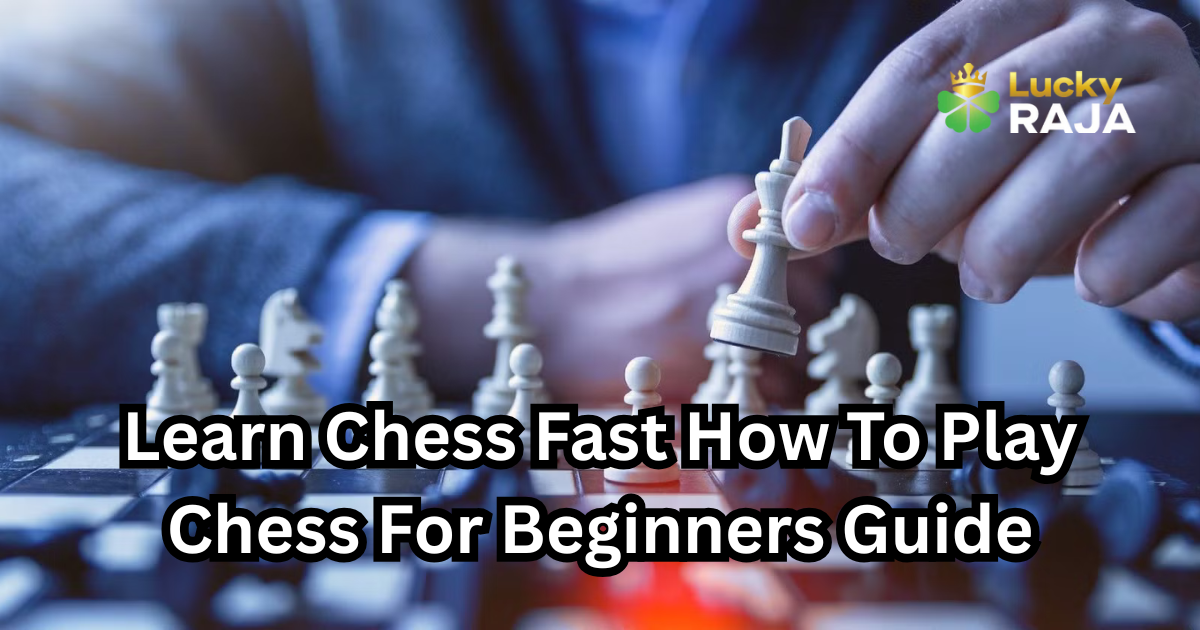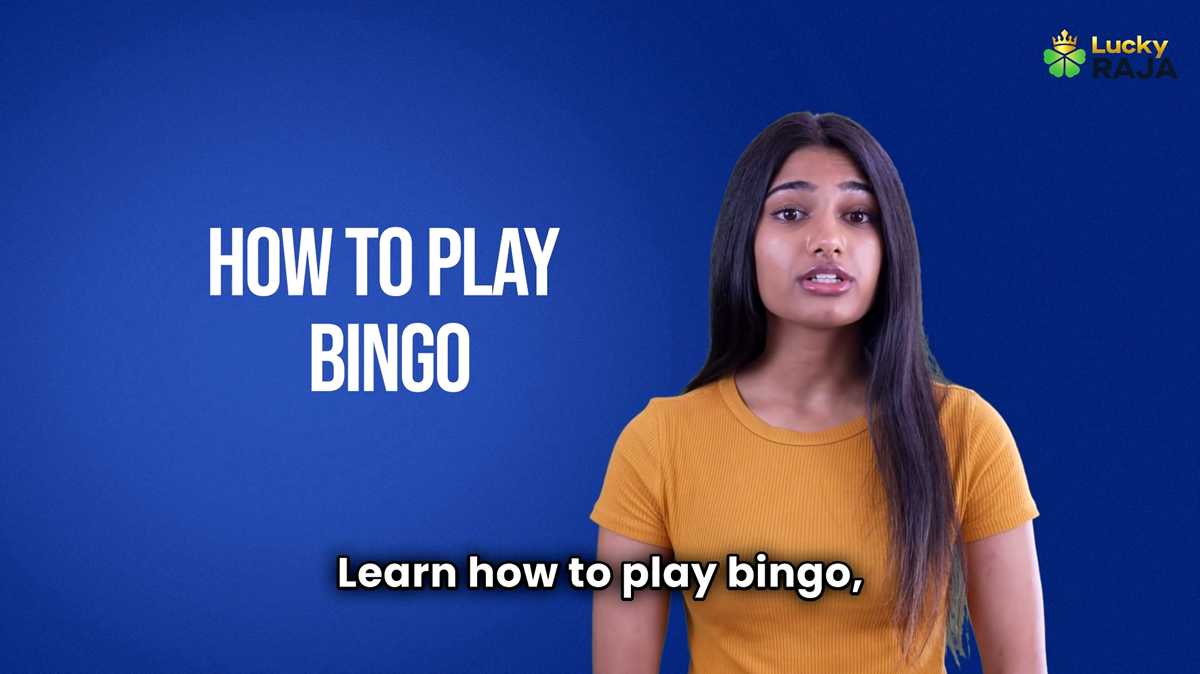Learn Chess Fast How To Play Chess For Beginners Guide. If you've ever been intrigued by the world of chess but didn't know where to begin, this is your perfect starting point. In this comprehensive guide, we’ll walk you through exactly how to play chess for beginners, from the basic rules to simple strategies that will help you win your first games.
Whether you're a complete newbie or someone who’s played casually and wants to improve, learning chess doesn't have to be difficult. With the right approach, you can start making smart moves in no time.
Before diving into how to play chess for beginners, let’s understand why this ancient game is so widely loved.
- Mental Workout: Chess enhances memory, focus, and critical thinking.
- Global Community: Millions of players across the globe.
- Endless Possibilities: No two games are ever the same.
- All Ages Welcome: It’s never too early or too late to learn chess.
To understand how to play chess for beginners, you must first know the layout of the board. A chessboard is made up of 64 squares arranged in an 8x8 grid, alternating between light and dark colors. Each player starts with 16 pieces:
- 1 King
- 1 Queen
- 2 Rooks
- 2 Bishops
- 2 Knights
- 8 Pawns
The board is always positioned with a white square at each player’s bottom-right corner.
Here’s a quick comparison table that simplifies how each piece moves:
| Piece |
Movement |
Value (Relative) |
| Pawn |
Moves forward 1 square (2 on first move), captures diagonally |
1 |
| Knight |
Moves in ‘L’ shape (2 forward, 1 side), jumps over pieces |
3 |
| Bishop |
Can move diagonally any number of squares. |
3 |
| Rook |
Moves vertically or horizontally any number of squares |
5 |
| Queen |
The Queen moves any number of squares in any direction |
9 |
| King |
Moves 1 square in any direction |
∞ (game-ending piece) |
Knowing this table is a big step toward mastering how to play chess for beginners.
When learning how to play chess for beginners, setup is crucial. Here’s how to do it:
- The bottom-right square should be white.
- Place rooks on the corners.
- Knights go next to rooks.
- Bishops are placed beside knights.
- The queen starts on a square matching her color.
- The king goes on the last remaining square.
- All pawns are placed on the row in front of your other pieces.
The primary objective is to checkmate your opponent’s king. This means putting the king in a position where it is under attack and cannot escape.
White always moves first. From there, players alternate turns, moving one piece per turn.
As part of understanding how to play chess for beginners, here are three special rules to keep in mind:
- Castling: Move your king and rook simultaneously to protect your king and activate your rook.
- En Passant: A special pawn capture move.
- Pawn Promotion: When a pawn reaches the opposite end of the board, it can become a queen, rook, bishop, or knight.
Games can end by:
- Checkmate
- Stalemate (no legal moves, but king not in check)
- Draw (agreement or repeated positions)
Learning how to play chess for beginners goes beyond rules; you also need strategy. Here are a few golden tips:
- Control the Center: Move your central pawns (e4, d4) early and develop your pieces toward the center to control the board.
- Develop Pieces Early: Knights and bishops should be brought out before the queen or rooks. This gives flexibility and mobility.
- Protect Your King: Always castle early. Leaving your king exposed is one of the fastest ways to lose.
- Avoid Moving the Same Piece Twice: In the early game, avoid wasting time by moving the same piece multiple times.
- Don’t Rush: Think before every move. Ask yourself: what does your opponent want to do? Is your move safe?
These basics will not only help you grasp how to play chess for beginners but also help you build a foundation for long-term improvement.
Understanding how to play chess for beginners also means knowing what not to do:
- Neglecting development by moving pawns repeatedly
- Exposing the king without castling
- Ignoring threats and not watching the opponent’s ideas
- Playing without a plan, making random moves
- Trading pieces without considering position
Avoiding these errors can quickly level up your game.
If you want a simple and strong way to begin your games, try the Italian Opening:
e4 e5
Nf3 Nc6
Bc4
This opening helps you control the center and develop pieces efficiently, which are essential aspects of how to play chess for beginners.
Mastering how to play chess for beginners can lead to lifelong benefits:
- Improves memory and calculation skills
- Boosts patience and decision-making
- Teaches discipline and concentration
- Enhances foresight and planning
Chess isn’t just a game; it's a mental gym.
By now, you should feel confident about how to play chess for beginners. With a firm grasp of rules, strategies, and common pitfalls, you're ready to step onto the board and enjoy this timeless game.
Remember, every chess master was once a beginner. Keep practicing, review your games, and most importantly—have fun. Because the journey to mastery always starts with that first move.
For beginners, it’s important to know how each chess piece moves and captures, remember that the player with the white pieces always starts the game, and understand that the goal is to checkmate the opponent’s king. Players take turns moving one piece at a time, and there are special moves like castling, en passant, and promoting pawns that add more depth to the game.
Every piece has its own movement style: Pawns move straight forward but capture diagonally, knights move in an “L” shape jumping over other pieces, bishops slide diagonally across the board, rooks move in straight lines either vertically or horizontally, the queen moves any number of squares in any direction combining rook and bishop moves, and the king moves one square at a time in any direction.
Set the board so that the bottom-right corner square is light-colored for each player. Then place the rooks in the corners, knights next to them, bishops beside the knights, the queen on the square that matches her color, and the king on the last remaining square in the row. All pawns go on the row directly in front of the main pieces.
Focus on controlling the center of the board with your pawns early, develop your knights and bishops quickly, castle your king to safety, avoid moving the same piece repeatedly in the opening, and try to think ahead about what your opponent might do next.
Castling is a move where you move your king two squares towards a rook, and then move that rook to the square right next to the king. This helps protect your king and activate your rook. Pawn promotion happens when a pawn reaches the farthest row on the opponent’s side — at that point, you can change it into a queen, rook, bishop, or knight, usually choosing a queen to strengthen your attack.









__1746616695-0.png)

__1728980956-0.jpg)





